Distracted Driving
Here’s Why You Should pay Attention3,450
Number of fatalities in America in 2016 due to distracted driving (NHTSA)




Kate Morgan remembers the incident vividly. She was driving to her parents’ house in suburban New Jersey, alone, with her cell phone on her lap.
It was around 10 p.m. “I’m not even sure exactly who I was texting, but it definitely wasn’t important,” recalls Morgan, a Pennsylvania-based journalist who was a teenager at the time. But she clearly recollects what happened next: The road beneath her curved, while she continued to drive straight. By the time she looked up, just a couple of seconds later, her car was hurtling onto someone’s lawn and crashing into a mailbox—which went flying over the hood of her station wagon.
She was uninjured but horribly shaken. “On an average afternoon, the front lawns on that street are full of kids. I know how bad it could have been,” says Morgan (who paid the homeowner for the damage).
“I don’t text and drive anymore.”
By The Numbers
Stories like Morgan’s—many of which end far more tragically—are all too common these days. The statistics are grave and alarming: Distracted driving was the cause of 3,450 American deaths in 2016, as well as 391,000 injuries in 2015, according to the National Highway Traffic Safety Administration (NHTSA).
Yet many people continue the practice. A study published in the Proceedings of the National Academy of Sciences (PNAS) found that American drivers engage in distracting activities more than 50 percent of the time they’re behind the wheel—effectively doubling their crash risk.
That risk translates into accidents. The same study concludes that 4 million of the 11 million crashes that occur in the U.S. every year would potentially be avoided if we could eliminate distraction.
“Make no mistake,” says Maureen Vogel, a representative for the National Safety Council (NSC). “Distracted driving is an epidemic.”
3,450
Number of fatalities in America in 2016 due to distracted driving (NHTSA)
36%
Potential amount of crashes in the U.S. each year that could be avoided if we eliminate distraction (PNAS)

36%
Potential amount of crashes in the U.S. each year that could be avoided if we eliminate distraction (PNAS)

“DISTRACTED DRIVING IS AN EPIDEMIC.”
—MAUREEN VOGEL, National Safety Council
DISTRACTING THINGS WE ALL DO
It’s not just cell phones that can distract us. All of these (perfectly legal) activities have caused accidents—take extra caution.

Quiz:
Do You Know The Facts?
Q: What’s the most common distracting behavior of drivers at a stoplight?
REVEAL ANSWER
A: Eating & drinking
Source: IIHS
Q: Reaching for, answering, or dialing a cell phone increases the risk of a crash (or near crash) by how much?
REVEAL ANSWER
A: Any of them triples your risk.
Source: IIHS
Q: How many teens who text say they have texted while driving?
REVEAL ANSWER
A: One in three. It increases their risk of a crash 23 times.
Source: NHTSA
Q: Which passengers cause teens to exhibit the riskiest behaviors? Family, friends, or no passengers?
REVEAL ANSWER
A: Friends, especially when there are two or more.
Source: NHTSA

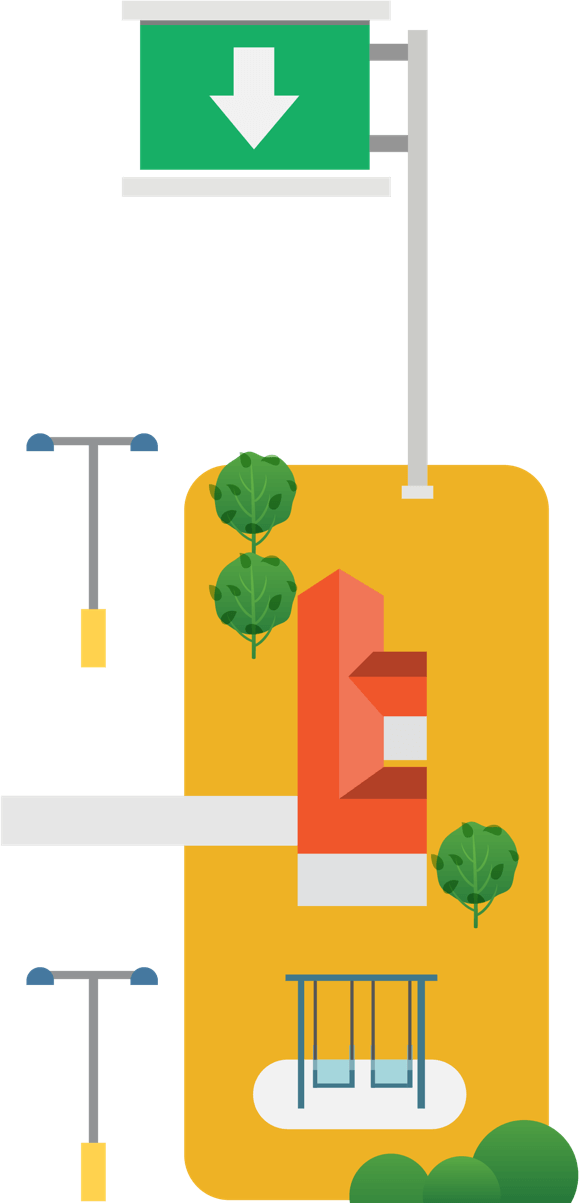
Video: Avoiding Your Cell Phone While Driving
Play Button
More: Managing Emotions While Driving
Play Button
More: Managing Passengers While Driving



“THERE’S A DANGEROUS SORT OF CULTURAL COMPLACENCY THAT’S OVERTAKEN US, ESPECIALLY WHEN IT COMES TO USING OUR DEVICES.”
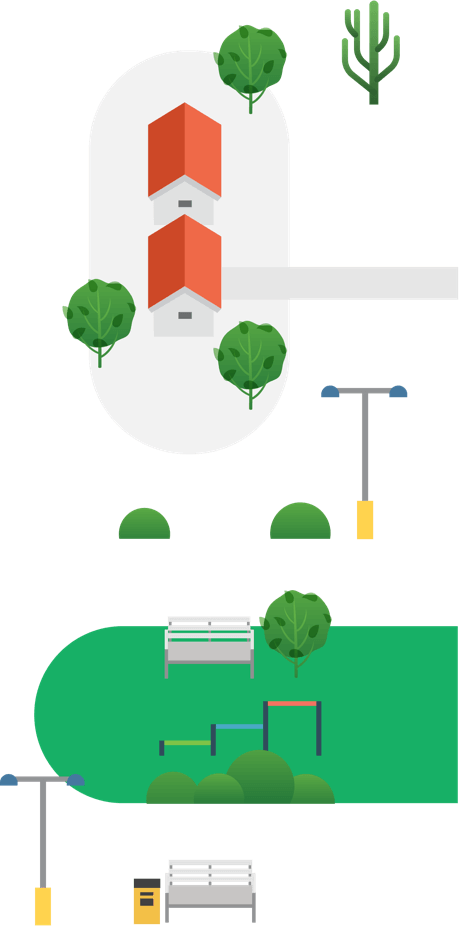
FIGHT THE DISTRACTION
Before you start driving, put the phone on silent and stow it out of reach; or give it to a co-pilot.
FIGHT THE DISTRACTION
Any extreme emotion can cause tunnel vision. If you’re feeling angry, sad or stressed, don’t get behind the wheel. If you’re already driving, find a safe place to pull over and park until you feel better.
FIGHT THE DISTRACTION
Assign seats and roles to your passengers before getting in the car, to minimize potential distractions. Always secure pets in a crate or a backseat restraint.
 New message! READ NOW
New message! READ NOW
“Hey, I just got into town. What are you up to tonight? Want to grab a bite then go see a movie?” READ NEXT
“If you had been reading this while driving 55 mph, you would have traveled the length of a football field.”
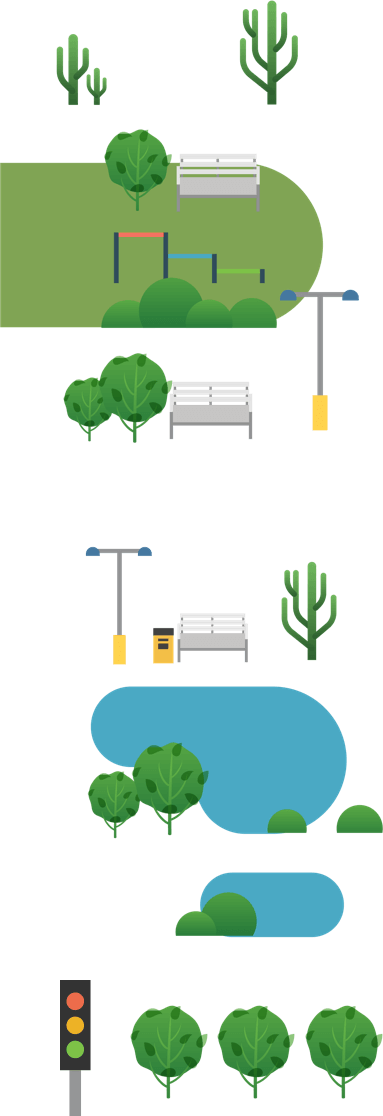
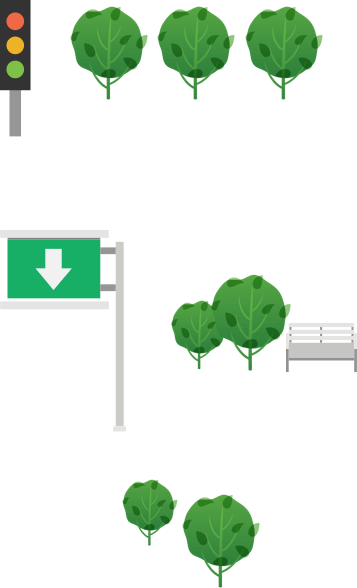

CELL PHONE BANS: STATE LAWS
Although distracted driving is uniformly discouraged across the country, cell phone usage laws vary from state to state. Check out the hand-held usage laws for each state provided by the Insurance Institute for Highway Safety (IIHS).



 Change Starts Now
The NSC’s Vogel feels hopeful about all the efforts to combat this epidemic; and encouragingly, NHTSA reports that distracted-driving fatalities in 2016 dropped slightly (2.2 percent) from the previous year. “Someday we’re going to look back at distracted driving and feel the same way about it as we do now about drunk driving,” Vogel says. “We’re going to wonder how we ever let it happen at all.”
But Vogel also feels that getting to this point will require more effort, starting with taking personal responsibility for our own driving behavior. “There’s a dangerous sort of cultural complacency that’s overtaken us, especially when it comes to using our devices,” she says. “We want to be safe—but we also want to be able to pick up our cell phones whenever they ring.”
“We all need to do our part to address this disconnect,” says Vogel. “Before we take the wheel, we should all make sure we look in the mirror and take personal responsibility for our driving habits. We do not want others to be distracted. We should make sure we aren’t distracted ourselves.”
Illustrations by Jing ZhangIllustrations by Sarah Gold
Change Starts Now
The NSC’s Vogel feels hopeful about all the efforts to combat this epidemic; and encouragingly, NHTSA reports that distracted-driving fatalities in 2016 dropped slightly (2.2 percent) from the previous year. “Someday we’re going to look back at distracted driving and feel the same way about it as we do now about drunk driving,” Vogel says. “We’re going to wonder how we ever let it happen at all.”
But Vogel also feels that getting to this point will require more effort, starting with taking personal responsibility for our own driving behavior. “There’s a dangerous sort of cultural complacency that’s overtaken us, especially when it comes to using our devices,” she says. “We want to be safe—but we also want to be able to pick up our cell phones whenever they ring.”
“We all need to do our part to address this disconnect,” says Vogel. “Before we take the wheel, we should all make sure we look in the mirror and take personal responsibility for our driving habits. We do not want others to be distracted. We should make sure we aren’t distracted ourselves.”
Illustrations by Jing ZhangIllustrations by Sarah Gold




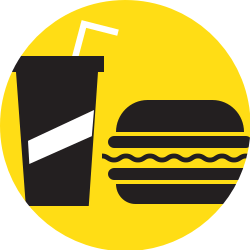 EATING & DRINKING
EATING & DRINKING
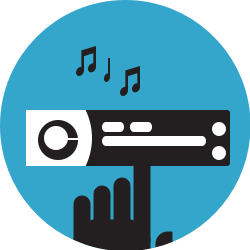 CHANGING RADIO STATIONS
CHANGING RADIO STATIONS
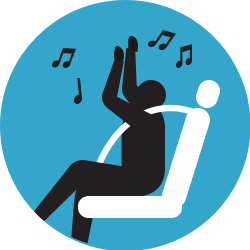 DANCING IN SEAT
DANCING IN SEAT
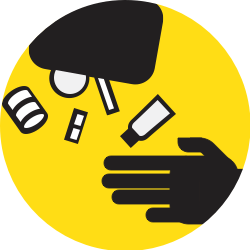 REACHING FOR AN OBJECT
REACHING FOR AN OBJECT
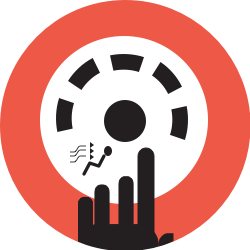 ADJUSTING CLIMATE CONTROL
ADJUSTING CLIMATE CONTROL
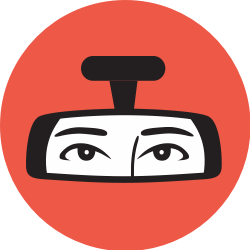 HAIR & MAKEUP
HAIR & MAKEUP
Linda Sigler says,
I don’t texts or answer the phone, before i do that i will pull over or wait, i have seemed to many accident on the expressway. I see what happens and i don’t make the same mistake that i see with others thank you for the love.
Dennis Coache says,
Great article. Amazing that people are so willing to ignore the risks. If the chances of winning the lottery were as great as death from distracted driving, I’d be buying tickets!
Anouvath Luanglath says,
I realy do not care about to anything ales,i call first before i leaving home or come backhome19
years drive no any ticket,my wife too.
Carlos M Ospina says,
Eat or pick up things or leave bottles or metal cups in the areas of the pedals, are also causes of agccidente.
Carol says,
I’ve taken defensive driving, but reminders and updates are great to review.
Rod Meyer says,
Amen. I can almost always tell when a driver receives a call or text. Their speed changes, they start drifting out of their lane. When close enough to see, sure enough – they’re looking down at their device.
Dorothy Ham says,
Thank You Geico
This publication was very informative
this will help me to be a better driver
lori bowser says,
There so many distractions it could a second and there is accident . Pay attention people!!!!
Frank simone says,
When driving on highway in high traffic find 18 wheeler stay behind it two car lenghts back that driver is bigger than everybody on road he or she will get you out of thick traffic because they can see far ahead of all on road been driving for 38 years two speeding tickets i have seen stupid go speed limit and get there safe read traffic if sombody lets you in to the flow of traffic on atwo lane raod make sure other driver knows what you doing always wave
William Getgen says,
Thank you and I do not use a phone while in the car. I try to be aware of my surroundings because there are a lot of drivers on their phones not paying attention.
I appreciate that you are letting me know about this problem.
Rogers Reifel says,
very good information. thanks for sharing.
Rosarie Carlton says,
My phone is set not to text while driving. I live alone & rarely drive at night so the distraction of other people in the car rarely applies same with headlights or other nighttime distractions. I try to limit my driving to non-rush hour times. People are less stressed during those times & there’s less traffic on the road. I find people who talk on their cellphones while driving are a menace. They swerve , don’t observe speed limits, don’t observe traffic lights & generally don’t pay attention to anything around them.
Barbara Hess says,
At my age,we didn’t have cell phones /,GPS./ ect, I do have a cell phone it’s a flip phone and the only reason I have it,, is because when traveling , if something was to happen, I could call someone.I don’t answer the phone other wise. and when I docall some one and I’m driving, Iwill pull over or in to a parking lot. I try to be carefull driving at all times.
Mel says,
Thank you for the important reminders and information.
David Bunnell says,
Great reading, should be required reading as well as watching the video prior to getting a drivers license and or renewing a drivers license.
I recently visited my local DMV, and there was no mention to this subject while I was getting my drivers license renewed.
By putting my phone out of reach in the back of the car, I’m being proactive about my safety, but other drivers are seen on a daily basis distracted more now then I can ever remember. It also brings up the question how a solo driver calls for help in an emergency if your phone is out of reach.
concern to have a phone out of reach.
The Automotive Manufacturer’s have done a fantastic job in building state of the art safety, and the problem with that is driver’s feel that they are safe beyond being distracted, and then you have the diver’s that feel & drive like “It’s their world, we just live in it”. Whatever happened to common decency, being polite to others, and having manner’s. I guess it’s considered old fashioned, very sad world we are living in now.
The distraction of driving is a problem that is not going away anytime soon , and both State & Federal law makers need to work to address it. Automotive Manufacturer’s also need to address the issue, and finally the Apple, Samsung should also be required to meet safety standards just like the Automotive industry are required to do. I live in Southern California, and it seems to me that with the amount of driver’s on the road